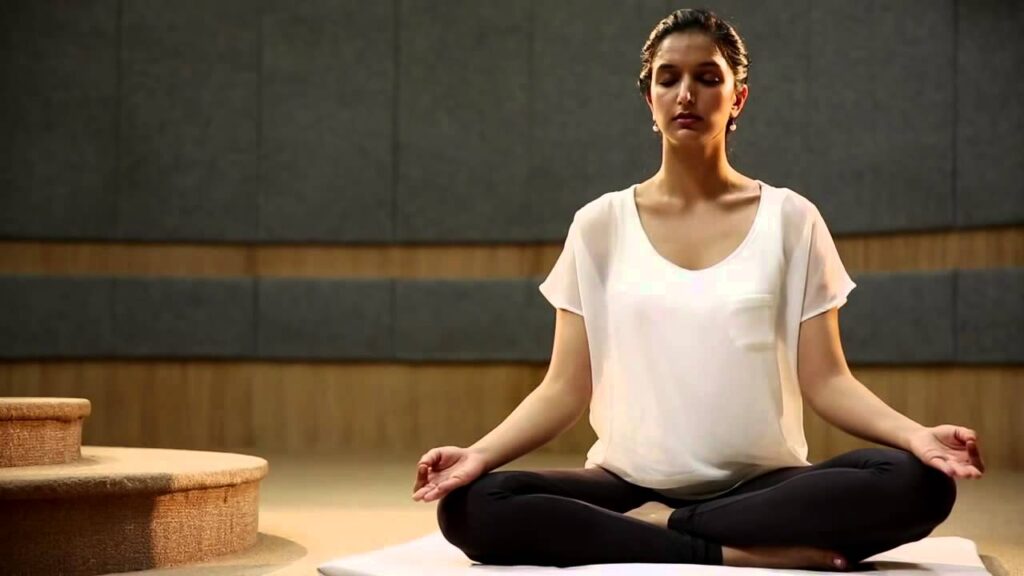Breath control in yoga https://www.julianalucky.com/ is one of the most important parts of developing a practice. Pranayama is a breathing exercise that helps to balance and deepen the practice. As well as improve well-being and improve mood. According to the ancient text Yoga Sutras, compiled by the sage Patanjali in 150 BC, pranayama is one of the classical eight limbs of yoga. It helps purify, balance and purify your life force (called “prana” in Sanskrit). Adding pranayama to yoga and meditation practices helps keep the mind, body, and spirit healthy. This exercise also increases the oxygen supply to the body, which stimulates and energizes the brain, preparing it for meditation and high concentration work.
Kapalabhati breathing is an advanced yogic breathing technique, an advanced intermediate pranayama. It consists of short, powerful breaths and passive exhalations. This exercise is a traditional internal cleansing or kriya practice that tones and cleanses the respiratory system, stimulating the release of toxins and waste. It works like a tonic for our nervous system: it refreshes and rejuvenates the body and mind. This is one of the six techniques included in the Shatkarma system. The translation consists of two Sanskrit words: “Kapala-skull and bhati – light, brilliant, bright. In practice, you can imagine that your skull is shining with enlightenment. It is best done in the morning as this breathing technique is energizing.
WHY DO YOU PRACTICE KAPALABHATI?
Most people who practice Kapalabhati regularly will confirm that this breath energizes them, fills them with warmth! There are many reasons why the regular practice of this technique is necessary for each of us! This is the breath:
Cleanses the lungs and respiratory system;
Strengthens and tones the diaphragm;
Strengthens the muscles of the abdomen, the press and works out the abdominal deep muscles of the abdomen;
Improving the work of the lymphatic, digestive, excretory systems;
Removes toxins;
Increases the flow of oxygen to cells;
Purifies the blood;
Improves digestion;
Increases energy levels;
Purifies and rejuvenates the mind;
Focuses attention;
Warms up the body (which is important in the cold Russian climate)
Breathing brings great results when you practice it in conjunction with visualization.
As you practice, visualize the skull being filled with bright light.
This technique helps to release accumulated stress, negative emotions, get rid of slowness and activate the mind.
CONTRAINDICATIONS:
Do not practice if:
You are pregnant;
you have high blood pressure;
you have problems with high stomach acid;
you have diseases of the cardiovascular system;
you have a hernia;
you have severe abdominal pain;
if you do not master basic pranayamas such as Three-part Breathing (Dirga Pranayama) and Oceanic Breathing (Ujjayi Pranayama).
asthma or emphysema;
respiratory diseases.
Never attempt to practice pranayama for the first time without the guidance of a qualified and experienced teacher. Stop practicing if you feel weak or dizzy. Always work within your range and your own abilities. If you have any medical concerns, talk to your doctor before doing yoga.
HOW TO PERFORM?
The first thing to start with is to remember how to breathe pranayama Ujjay. Starting from it, smoothly switch to Kapalabhati breathing. The most important thing in this technique is to remember that inhalation is passive, and exhalation is powerful, strong. Start slowly. Let the body get used to the new breathing rate. Pick up speed as you become comfortable with pranayama.
Sit in a comfortable position, with a straight back, the stomach is free. Some options include:
Sukhasana or Virasana
Sitting on a chair, feet on the floor.
Place your hands on your knees, palms down.
Inhale deeply through both nostrils.
Draw in your lower abdomen or use your hands to gently press down on this area, squeezing out your breath in a short burst.
As you rapidly contract your belly, the inhalation should be automatic and passive – focus on the exhalation.
Start slowly, aiming for 65-70 contractions per minute. Gradually pick up the pace, aiming for 95-105 exhalation/inspiration cycles per minute. Always practice at your own pace and stop if you feel weak or dizzy.
After one minute of exercise, inhale deeply through the nostrils and then exhale slowly through the mouth. Depending on your experience, you can repeat the exercise.
When you’re done, close your eyes and observe how you feel.
BREATHE BRIGHTER!
The practice of pranayama brings balance and purity to many levels of life, including the physical, mental, emotional and spiritual. Remember to do it slowly at first and build on your experience, and speed up when you can control yourself. Mindful breathing, effortlessly, can break down barriers you didn’t even know existed! The benefits of regular pranayama practice will manifest in all areas of your life, both on and off the yoga mat. Breathe brighter!
